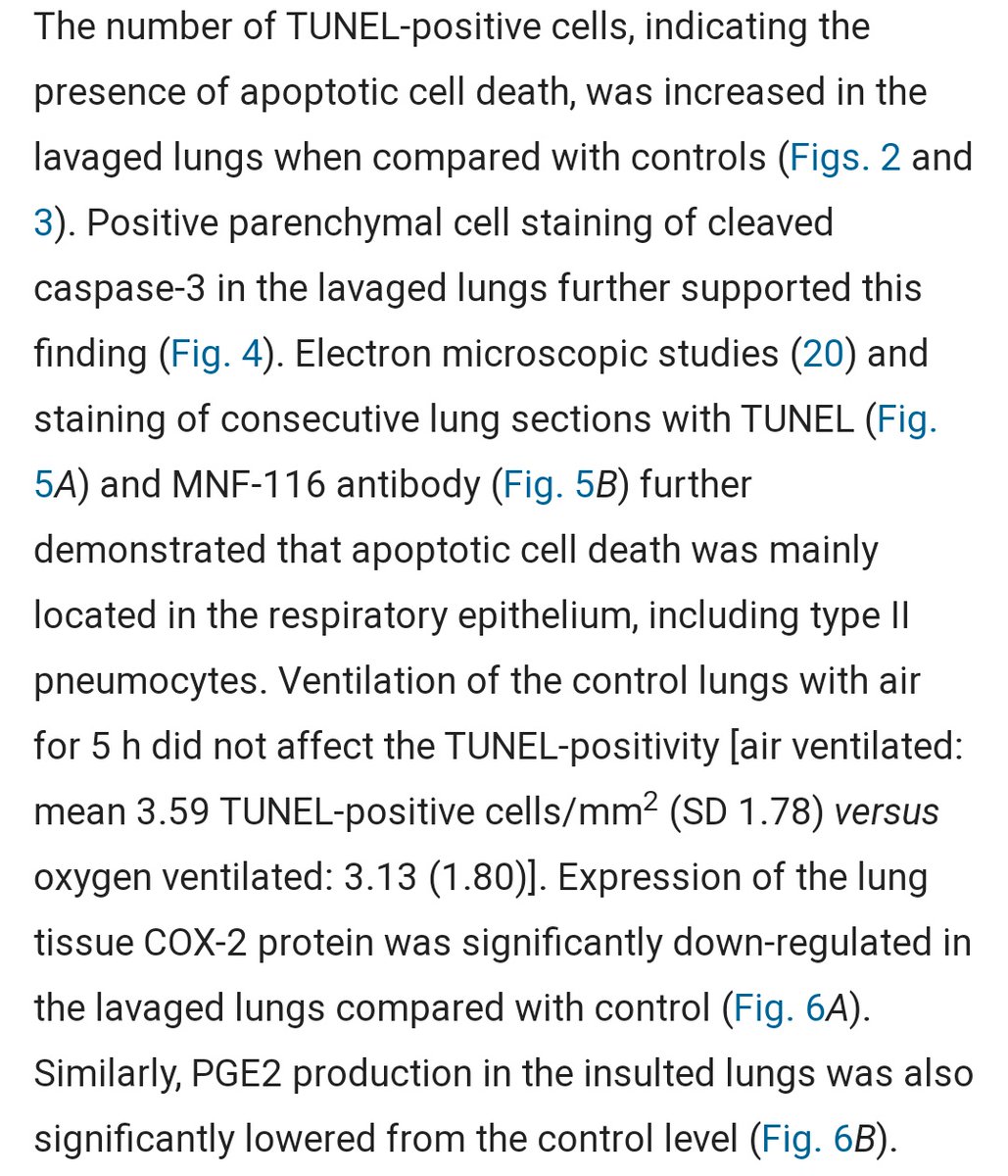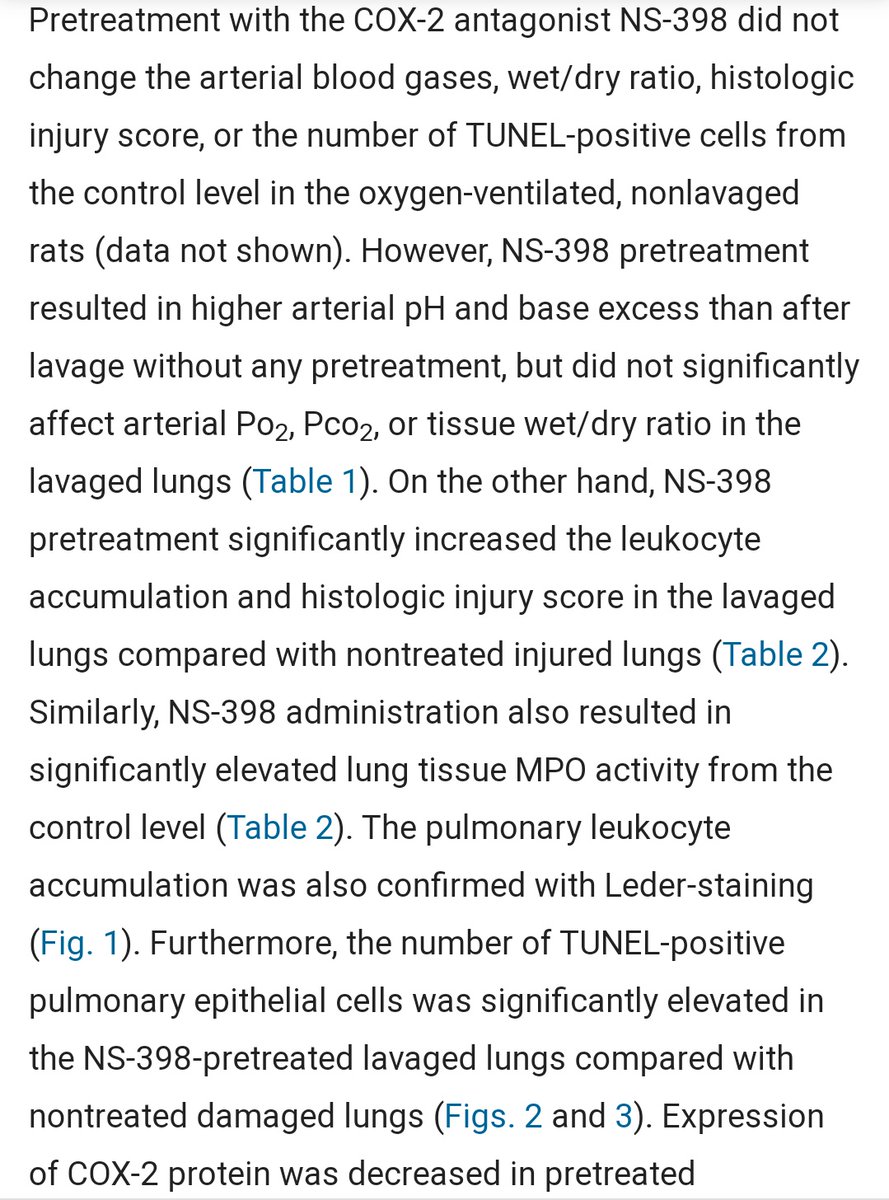
Pardon delayed responses. I seem to have contracted a respiratory virus after maintenance staff visited my residence.
On the bright side, treatments discussed seem to work. Mostly feeling better after ~2.5 days of nasal/throat irritation, myalgia, low fever, headache, fatigue.
On the bright side, treatments discussed seem to work. Mostly feeling better after ~2.5 days of nasal/throat irritation, myalgia, low fever, headache, fatigue.
First symptom was scratchy feeling in oropharynx, then recalcitrant headache and fever and fatigue, then intermittent burning feeling in nasal passages, but only partial loss of olfactory perception.
Still feel a bit unsteady and tired from past fever but otherwise no symptoms.
Still feel a bit unsteady and tired from past fever but otherwise no symptoms.
Used:
- alcoholic mouthwash gargling 3x/day, ended odd sensations in throat quickly
- vitamin D 2000 IU 2x/day
- vitamin C 1g 3x/day
- nitazoxanide 500mg 3x/day
- umifenovir 200mg 3x/day
- bromhexine 8mg 3x/day
- ambroxol 15mg 3x/day
- hydroxychloroquine 200mg 2x/day
...
- alcoholic mouthwash gargling 3x/day, ended odd sensations in throat quickly
- vitamin D 2000 IU 2x/day
- vitamin C 1g 3x/day
- nitazoxanide 500mg 3x/day
- umifenovir 200mg 3x/day
- bromhexine 8mg 3x/day
- ambroxol 15mg 3x/day
- hydroxychloroquine 200mg 2x/day
...
...
- indomethacin 50mg once, helped with headache but likely worsened myalgia even with vit. C; do not mix with nitazoxanide
- loratidine 10mg 1x/day, cetirizine 10mg 1x/day, famotidine 40mg 2x/day during fever
- acetaminophen 500mg 2x/day during fever, finished off headache
...
- indomethacin 50mg once, helped with headache but likely worsened myalgia even with vit. C; do not mix with nitazoxanide
- loratidine 10mg 1x/day, cetirizine 10mg 1x/day, famotidine 40mg 2x/day during fever
- acetaminophen 500mg 2x/day during fever, finished off headache
...
...
- quercetin 500mg 2x/day
- zinc picolinate 50mg/day with some kind of meal
- GABA 500mg 1x/day during fever, seemed to improve sleep
- elderberry syrup 2x/day during initial throat issue
- quercetin 500mg 2x/day
- zinc picolinate 50mg/day with some kind of meal
- GABA 500mg 1x/day during fever, seemed to improve sleep
- elderberry syrup 2x/day during initial throat issue
Apparent viral progress seemingly arrested in oropharynx as far as I can tell. Continuing measures to keep it that way.
Consequently, have not needed intensified measures designed to address LRTI or platelets. Low vWF personally regardless.
Switched to non-vented masks.
Consequently, have not needed intensified measures designed to address LRTI or platelets. Low vWF personally regardless.
Switched to non-vented masks.
Incubation period ~6 days.
Suspect frequent use of mouthwash helpful in preventing LRTI. Rapid apparent effect.
Bromhexine and ambroxol as insurance.
Switched nitazoxanide for 300mg doxycycline today. Post-entry antiviral and anti-inflammatory effects. Do not combine them.
Suspect frequent use of mouthwash helpful in preventing LRTI. Rapid apparent effect.
Bromhexine and ambroxol as insurance.
Switched nitazoxanide for 300mg doxycycline today. Post-entry antiviral and anti-inflammatory effects. Do not combine them.
• • •
Missing some Tweet in this thread? You can try to
force a refresh





















